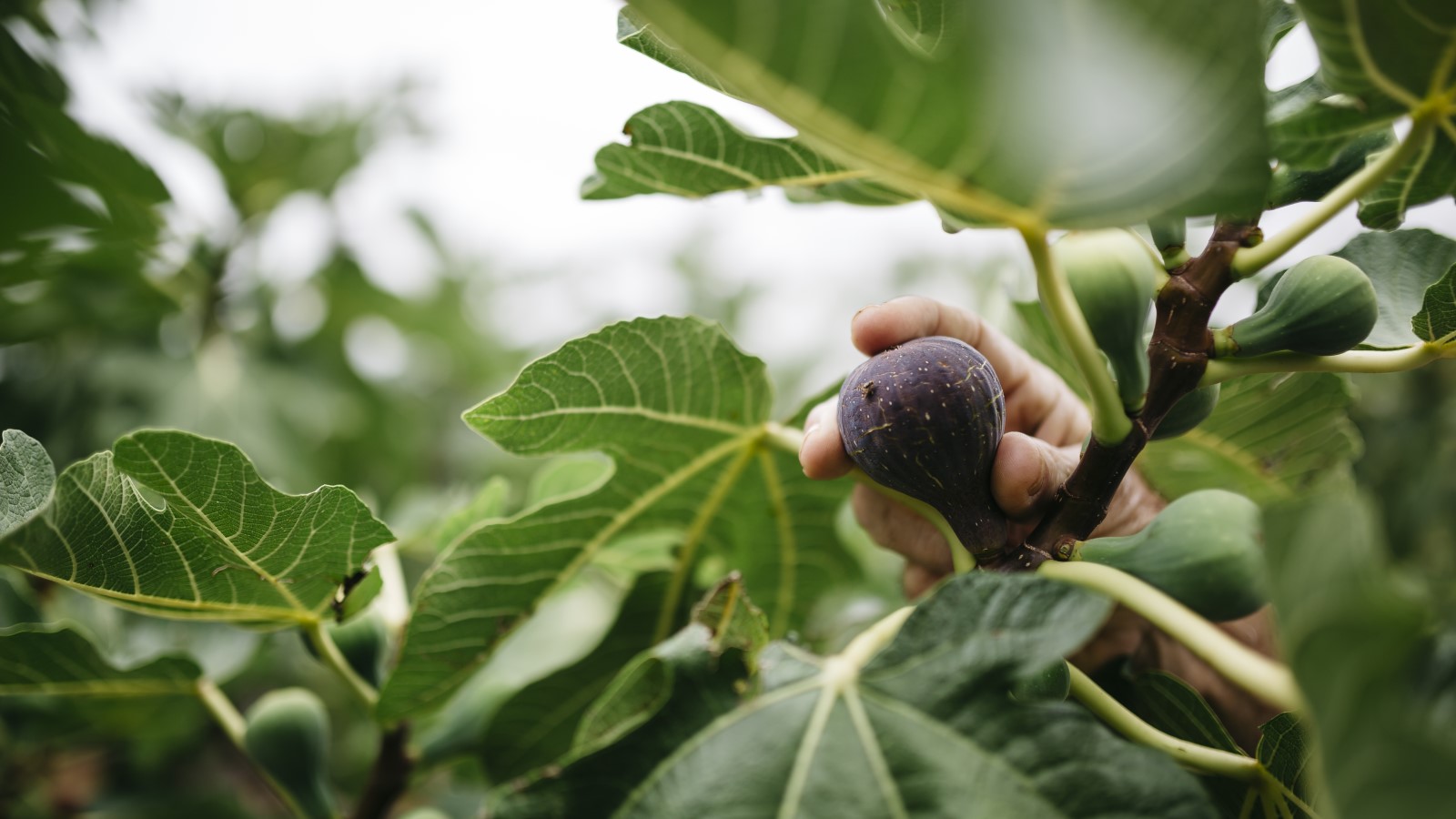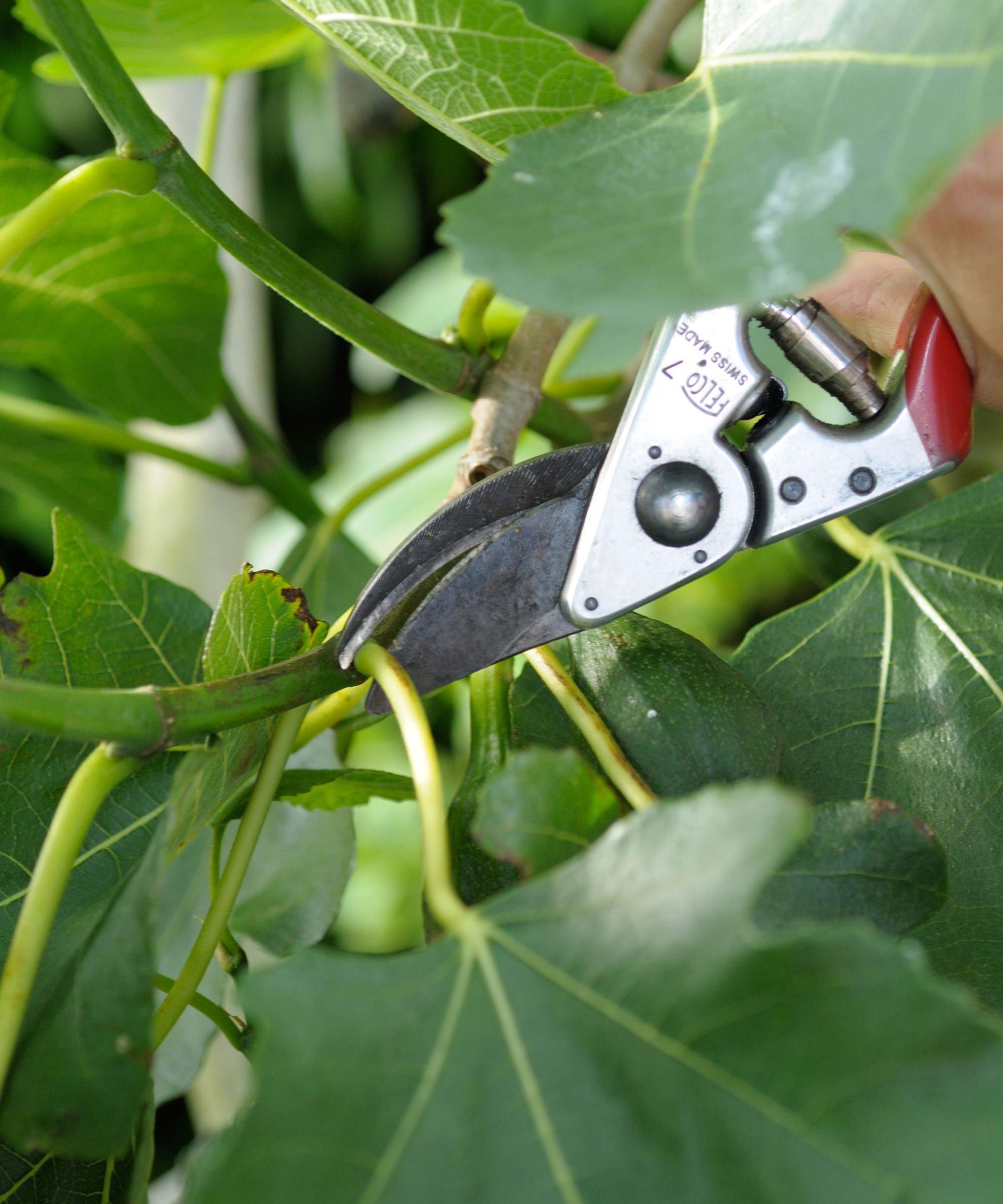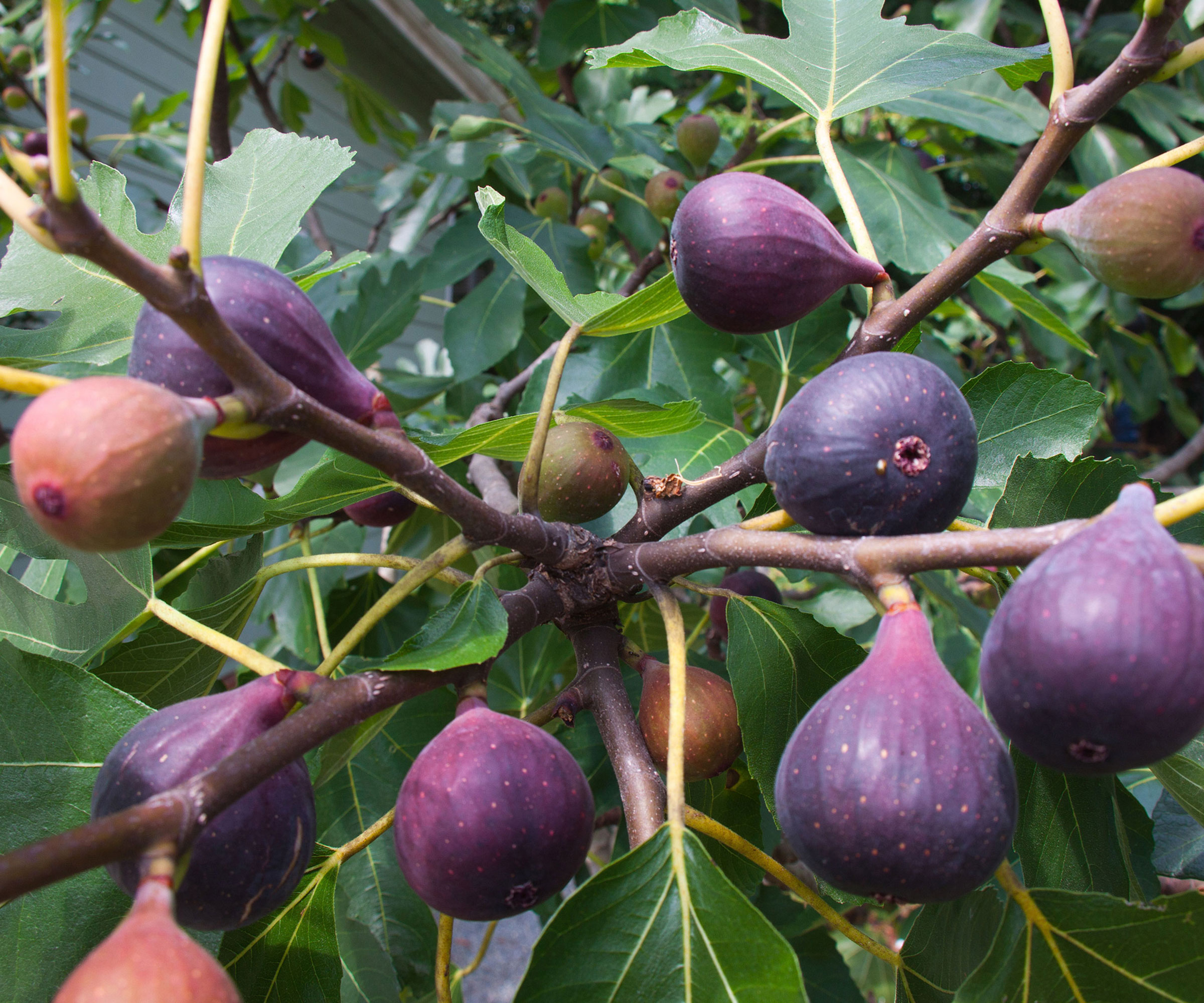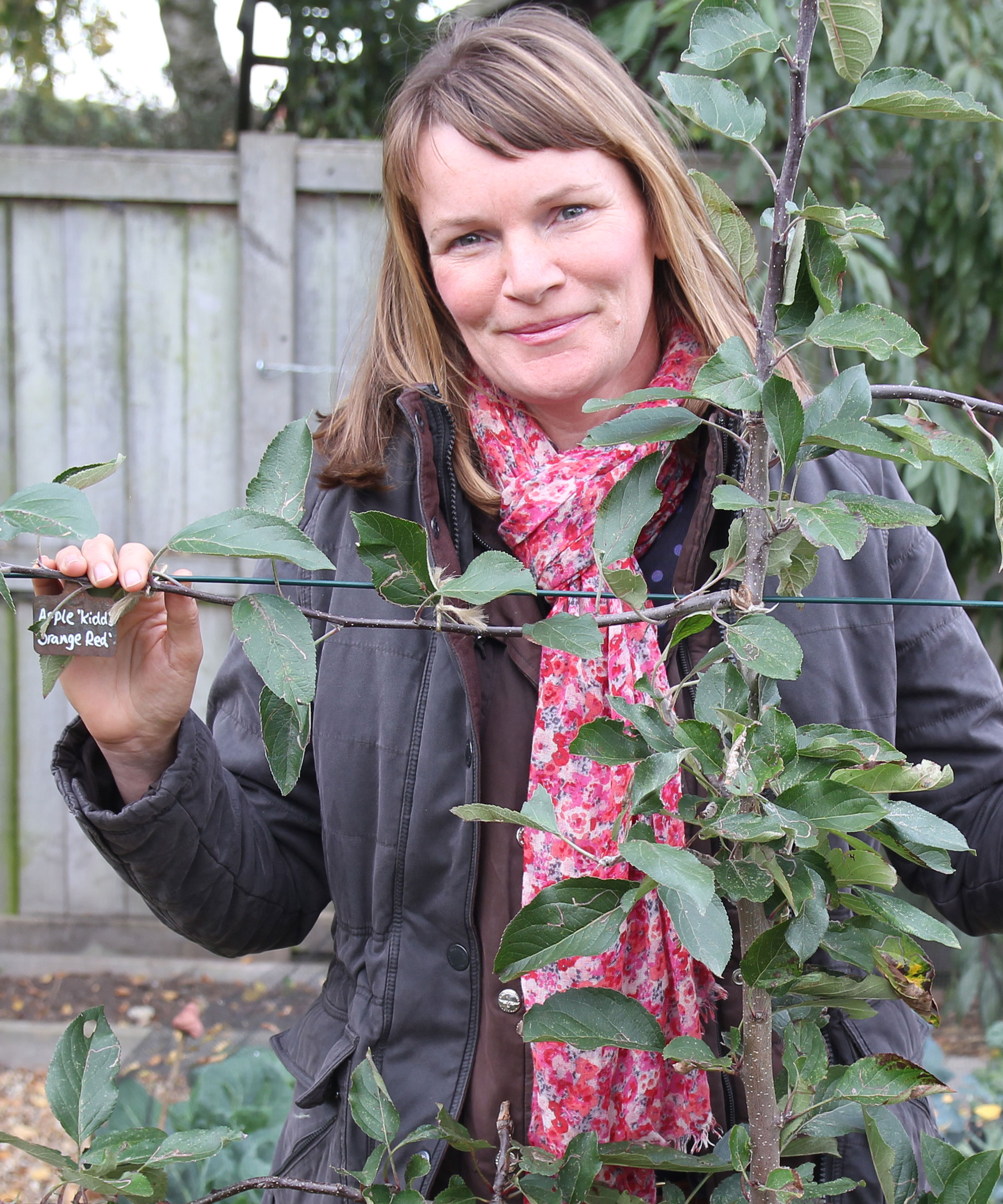When to prune fig trees – the right times for healthy trees and abundant harvests
Pruning figs at the wrong time has the potential to lose fruits and weaken the tree


Figs are hugely popular fruit trees that are simple to grow and will produce a crop of delicious fruits whether they are growing in the ground, or in a container. They are fantastic ornamental trees that can bring a Mediterranean vibe to any garden and, when looked after properly, can provide a bounty of figs.
When it comes to maintenance, fig trees do need to be pruned annually. As well as knowing how to prune a fig tree, it is key to understand when to prune fig trees. Getting the timing correct is important to preserve the health of the tree and get a great harvest of figs each year.
There are two safe times to prune fig trees each year, these come at the end of winter and during late summer. During winter the trees are pruned for shape, while in summer the main driver is to form next year’s fruits.

Figs should only be pruned at certain times of year
When to prune fig trees for an abundant fruit harvest
We share expert advice on the right times of year to prune your fig trees for healthy growth.

Pruning a fig tree in early spring
When growing fig trees, it is important to pick the right time of year to prune. This helps to ensure the trees are healthy and will give you a bumper crop of figs to harvest. The right time to prune fig trees is during their dormant season and after the leaves have dropped from these deciduous trees.
Tim Marshall, head gardener at Raby Castle & Estates, advises that ‘the best time to prune a fig tree is during late winter or early spring, before the new growth begins’. It is the safest time to prune the fruit trees as they can cope with pruning better when dormant and frosts are not going to cause damage to the wounds.
Timing the pruning just before it starts growing again means the tree will quickly be able to start healing the cuts. ‘This is typically around February or March, depending on your location. Pruning during this time helps to promote new growth and maintain the overall shape and size of the tree,’ Tim adds.
Design expertise in your inbox – from inspiring decorating ideas and beautiful celebrity homes to practical gardening advice and shopping round-ups.

Alternative times to prune a fig tree
The winter pruning of figs consists of shaping the tree and removing dead, damaged, and diseased wood. As well as the winter or spring pruning, there can also be a light summer pruning. This summer prune offers many advantages. It encourages the growth of new fruit-bearing shoots and gets sun into the developing fruits.
Lucy Chamberlain, fruit and vegetable gardening expert, says that summer pruning should take place in July and it will ‘encourage fruitlet formation'.
She adds: ‘It’s the fruitlets that overwinter and give us our crop, so the more of those, the merrier.'

Lucy was a Horticultural Advisor at RHS Wisley and writes regularly for The Garden, Gardeners’ World, The Guardian and Amateur Gardening. She’s also the author of RHS Step-by-Step Veg Patch, available at Amazon, which covers 50 types of fruit and veg.

Fig trees are pruned for shape and size in late winter or early spring
The wrong time of year to prune fig trees
You do not want to make the pruning mistake of getting out the pruning shears at the wrong time of year. Pruning at the wrong time would be a big mistake growing figs as you could lose crops, and it has the potential to jeopardise the overall health of the tree. While it may not ultimately kill the tree, as figs are resolute fruit trees to grow, it can leave them vulnerable and their health and productivity can suffer as a result.
Tim Marshall says that pruning at the right time ‘allows the tree to heal properly and minimises the risk of disease and pests’. While cutting at the wrong time can do the opposite, also causing the tree to put its energy into repairing wounds rather than producing fruit. This means any fig harvest will be smaller than it could be.
He says: ‘Pruning too early in the winter, before the tree goes fully dormant, may lead to increased vulnerability to cold temperatures. Pruning too late in the spring, after new growth has started, can result in excessive sap flow and weaken the tree’s overall structure.’
Figs will bleed a lot of sap if they are pruned during the summer, so any cutting at that time needs to be light. Not only does losing a lot of sap weaken the tree, but it also leaves the tree vulnerable to infection as pests, which can carry disease, are attracted to the oozing sap.
As well as excessive sap loss, pruning after midsummer won’t give the tree enough time to produce branches that will carry fruitlets for next year’s harvest.

Tim Marshall, Raby Castle’s head gardener, has had a career which spans nearly three decades and has taken him all over the world. Now working across Raby Estates in the UK, Tim is leading the transformation of the walled garden and the grounds to the north of the castle in the project known as The Rising – working with other high profile garden designers as well as his home team.
Chicago Hardy Fig | Available at Burpee
The cold-hardiest fig tree available, 'Chicago Hardy' can grow up to 30 feet tall or be pruned to remain around 6 feet in height. It produces large harvests of deep-purple figs each year.
FAQs
What is the maximum height of a fig tree?
When choosing the best fig tree for your space, there are a lot of contenders to consider. It is thought that there are over 800 species of figs. They are highly adaptable and, as well as growing outdoors to impressive heights, figs are also one of the best fruit trees for small gardens and also a great fruit tree to grow in pots. Mature fig trees can grow up to 30 feet tall if they are left to their own devices, but they can easily be pruned to maintain a height and shape or trained to be kept at a more manageable size. One example of a fig perfect for pots is the Little Miss Figgy tree, available at Fast Growing Trees, that grows to just 4-6 feet but can still provide a great crop each year.
Can I prune a fig tree in September?
It is not recommended to prune fig trees in fall as the tree will still be actively growing at this time and will therefore bleed sap from any pruning wounds. It is always advisable to wait until the fig tree is dormant in winter or early spring to do any pruning. Pruning in September will leave the fig tree more susceptible to winter weather, with any growth it does put on as a result of the early pruning not being able to handle the cold.
If you are looking for something a little more unique to grow in the house, then figs can also be one of the best indoor fruit trees. They can be kept compact in a container and, by restricting them in pots, it stimulates the tree to grow fruit rather than lots of foliage. Give them a sunny spot and figs will grow happily in a container indoors.

Drew has worked as a writer since 2008 and was also a professional gardener for many years. As a trained horticulturist, he worked in prestigious historic gardens, including Hanbury Hall and the world-famous Hidcote Manor Garden. He also spent time as a specialist kitchen gardener at Soho Farmhouse and Netherby Hall, where he grew vegetables, fruit, herbs, and cut flowers for restaurants. Drew has written for numerous print and online publications and is an allotment holder and garden blogger. He is shortlisted for the Digital Gardening Writer of the Year at the 2025 Garden Media Guild Awards.
